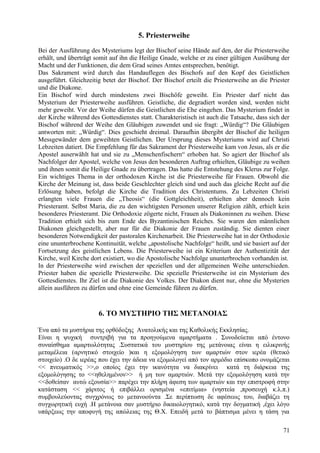Das Dokument beschreibt ein europäisches Comenius-Projekt, das sich mit den Gemeinsamkeiten und Unterschieden verschiedener christlicher Konfessionen in Europa befasst, wobei Schulen aus Deutschland, Finnland und Griechenland vorgestellt werden. Es enthält Informationen über die Bildungseinrichtungen, ihre Geschichte, Bevölkerungsstatistiken sowie kulturelle und wirtschaftliche Aspekte der jeweiligen Städte. Zudem werden kirchliche Sakramente und offizielle Amtshandlungen der verschiedenen Glaubensrichtungen dargestellt.










































































































